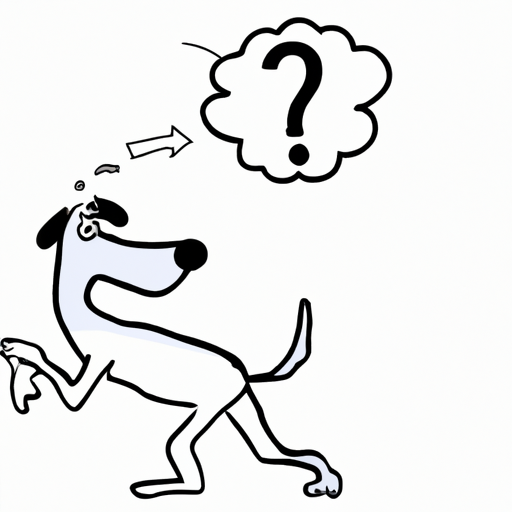Understanding the Quirky Canine Behavior
You’ve probably seen a dog chase its tail and laughed at the spectacle. But have you ever wondered why they do this? Tail-chasing can be cute and amusing, but it can also indicate underlying issues. So let’s delve into the doggy world and understand this behavior.
1. Playfulness and Exercise
Dogs, especially puppies, are playful creatures. Chasing their tails is one way of burning off energy and entertaining themselves.
- It can be a self-soothing behavior
- It’s an exercise when other forms of activities aren’t available
- It can be a form of self-play when they’re bored
2. Curiosity and Exploration
Imagine you’re seeing your tail for the first time. Wouldn’t you be curious? Dogs explore their surroundings using their senses and their tail is no exception.
- Puppies are often seen chasing their tails as they discover their bodies
- It’s a way for them to satisfy their curiosity
3. Medical Reasons
Sometimes, tail-chasing can indicate a medical problem. If your dog is excessively chasing its tail, it might be time for a visit to the vet.
- It could be due to fleas, ticks, or allergies causing an itch they’re trying to catch
- It can be a symptom of a condition called ‘Obsessive Compulsive Disorder’ (OCD)
4. Emotional States
Dogs also chase their tails when they’re anxious or stressed. It’s a coping mechanism, a way to deal with overwhelming emotions.
- It provides a distraction from the stressful situation
- It’s an outlet for their anxiety
5. Attention-Seeking Behavior
Dogs are smart. They quickly figure out that tail-chasing gets them attention from their human friends. If you laugh or give them attention when they chase their tails, they’re likely to repeat the behavior.
- It’s their way of saying, “Look at me!”
- It’s a call for interaction and play
FAQ Section
Q1: Should I be worried if my dog chases its tail?
A1: Not always. Occasional tail-chasing is normal and harmless. However, if it’s excessive or paired with signs of distress, consult your vet.
Q2: How can I stop my dog from chasing its tail?
A2: Provide ample exercise and mental stimulation. If the behavior persists, seek professional help.
Q3: Can tail-chasing be a sign of OCD in dogs?
A3: Yes, excessive tail-chasing can be a symptom of OCD in dogs. If suspected, seek veterinary advice.
Q4: Can tail-chasing be a sign of medical issues?
A4: Yes, it can be a signal of underlying issues like allergies, anal gland problems, or even neurological disorders.
Remember, as a caregiver, understanding these behaviors will help you provide the best care for your furry friend.



